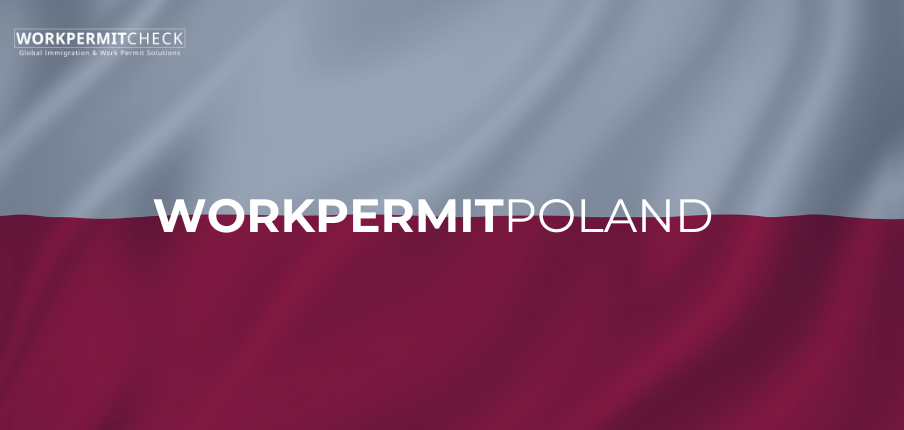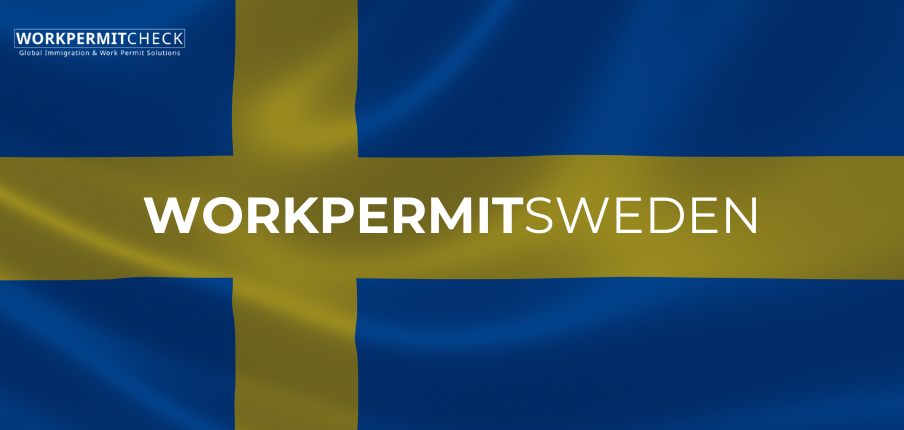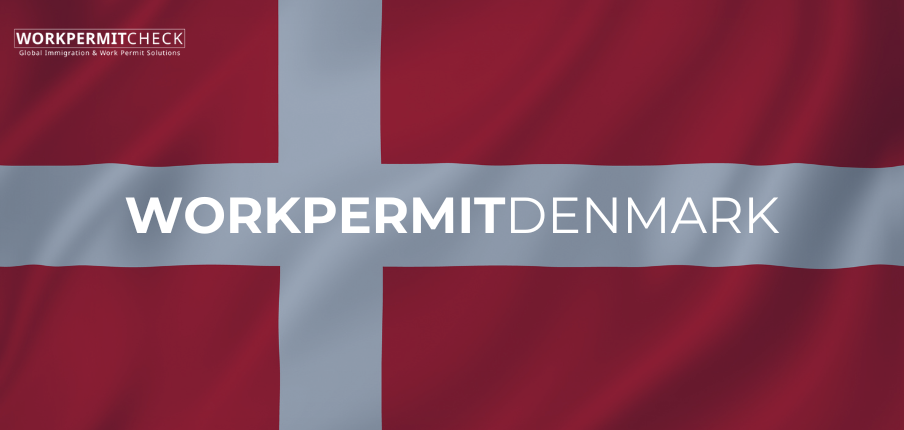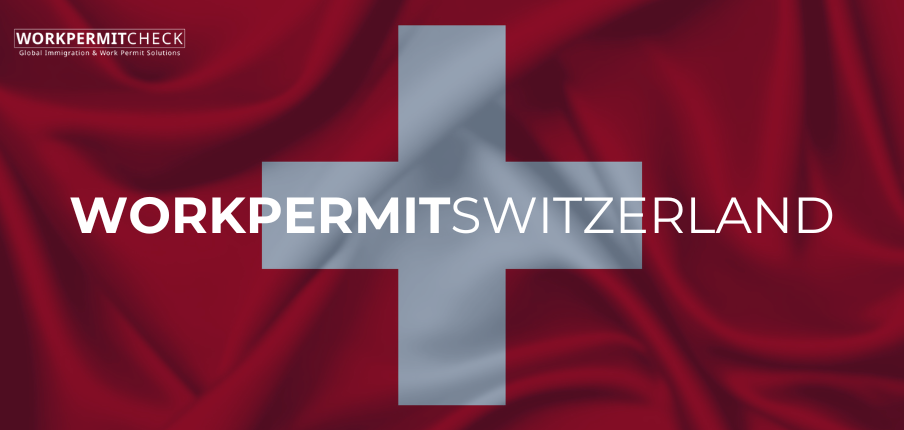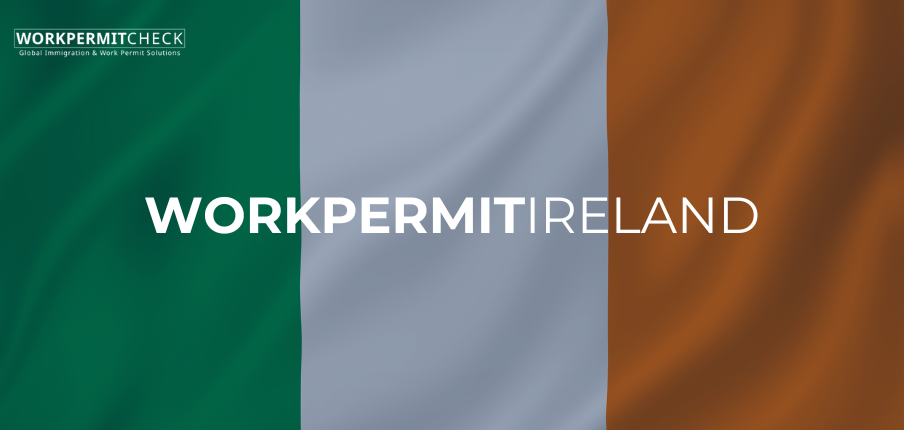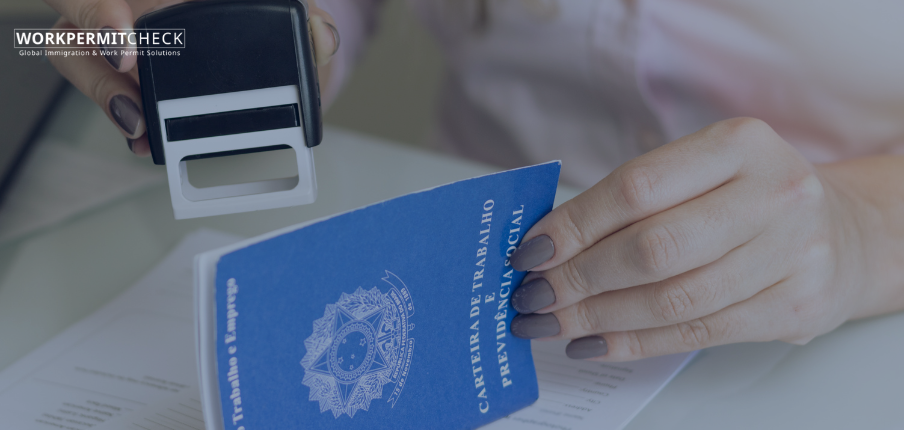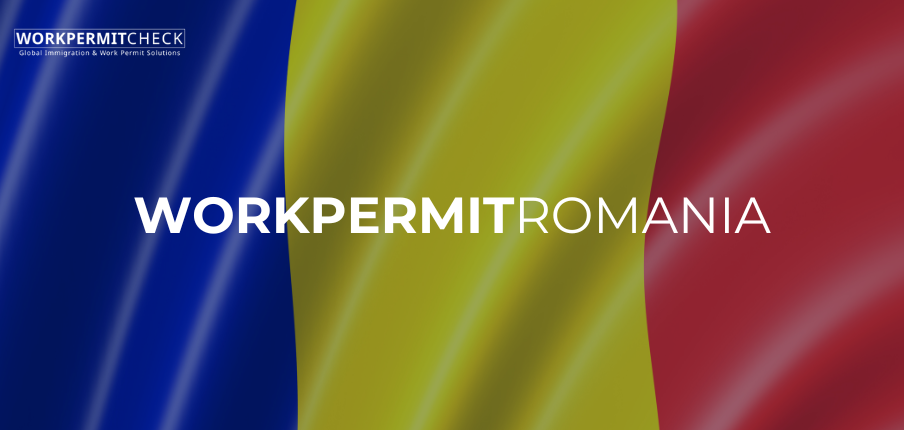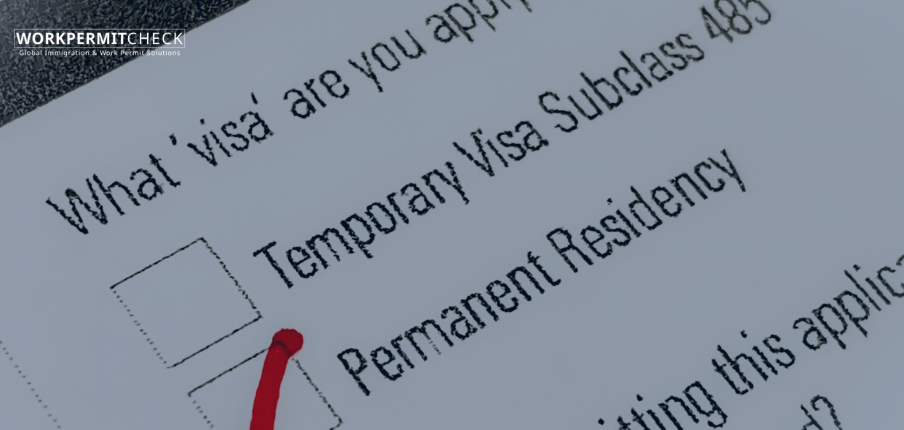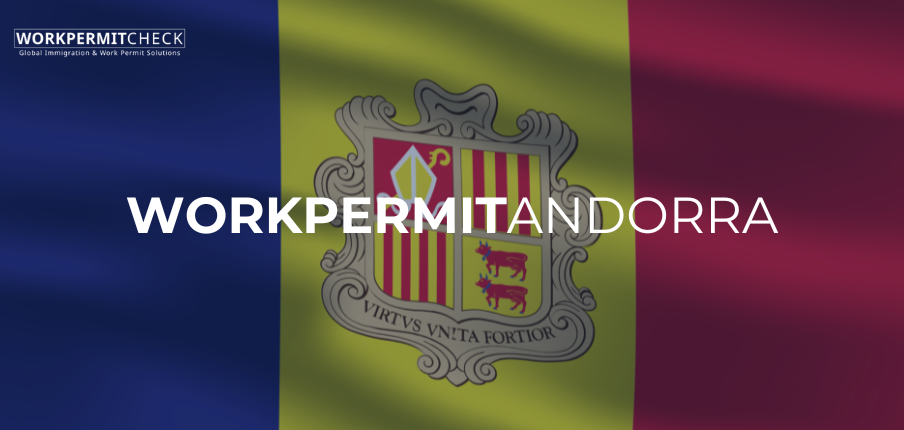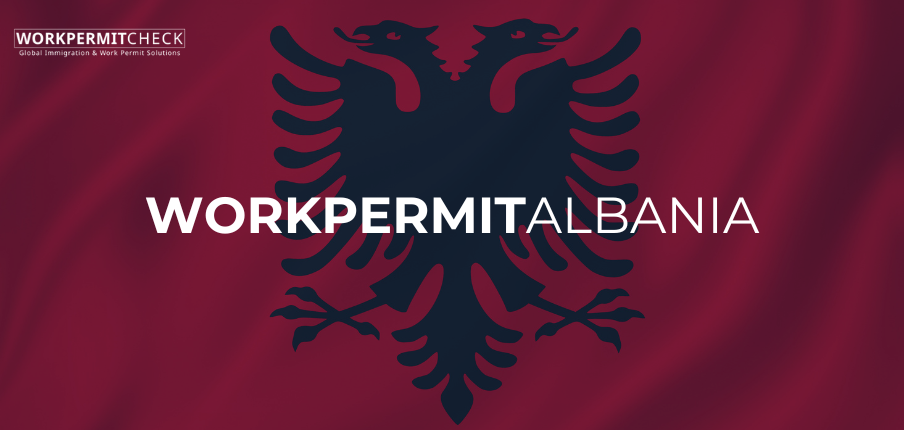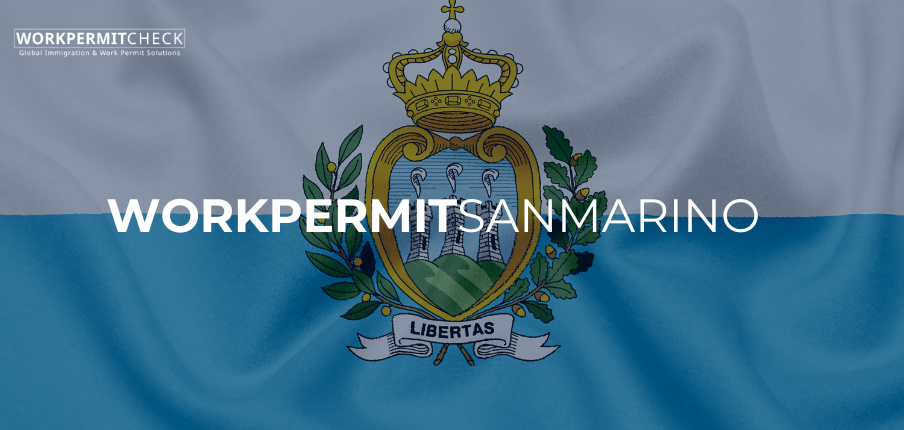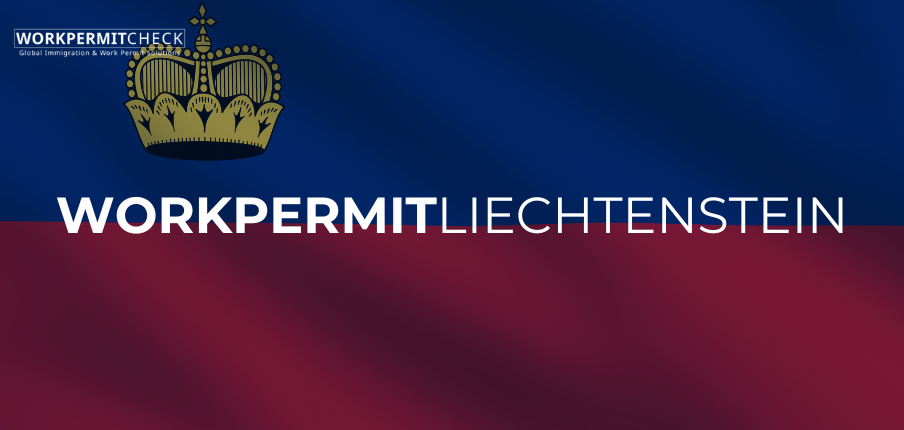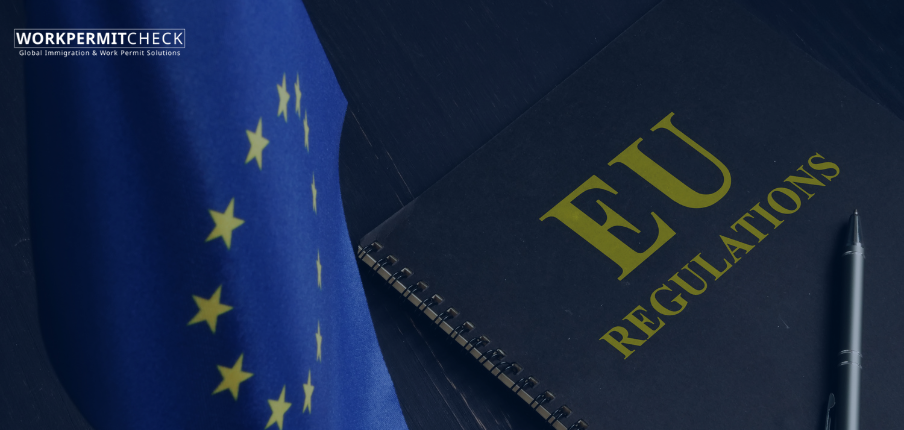Changing jobs is a normal part of career growth. But if you’re working abroad on a work permit, switching employers isn’t always as simple as handing in your resignation and starting a new job. Depending on the country, your current permit type, and employer-specific rules, changing employers may involve a formal process, a new application, or, in some cases, legal restrictions.
This guide breaks down the most common scenarios, explains how to navigate a job switch on a work permit, and outlines what you need to keep in mind before making the move.
1. Understanding Employer-Specific Work Permits
In many countries, work permits are tied to a specific employer, meaning:
-
You can only work for the company that sponsored your permit.
-
If you leave that employer, the permit may become invalid.
-
You might need to apply for a new permit before starting a new job.
This model is common in countries like:
-
Monaco
-
United Arab Emirates
-
Japan
-
South Korea
-
Netherlands (for highly skilled migrants)
-
Finland and other EU nations (when the permit is employer-bound)
2. Countries That Allow Employer Change More Easily
Some countries have more flexible rules that allow you to change employers without a new work permit, particularly if:
-
You’ve completed a minimum time period with the first employer.
-
The new job is in the same field or occupation.
-
The new employer is also approved or registered under a similar visa scheme.
Examples:
-
Canada (Open Work Permit holders) can change employers freely.
-
Germany (EU Blue Card holders) can switch after 12 months.
-
Australia allows sponsored workers to change jobs, but new sponsorship is needed.
3. Steps to Change Employers on a Work Permit
If your country or visa type allows for job switching, here’s how the process usually works:
Step 1: Check Your Current Permit Conditions
-
Is the permit linked to your employer?
-
Are there any minimum employment durations or restrictions?
-
Does your permit have a grace period after resignation?
Step 2: Inform Relevant Authorities (if required)
Some countries require you to:
-
Notify the immigration department.
-
Get permission before switching.
-
Cancel the existing permit officially.
Step 3: Get a New Job Offer
-
Your new employer may need to go through a labor market test.
-
They may need to be registered or approved sponsors.
-
Ensure the salary and role meet the immigration criteria.
Step 4: Apply for a New Permit (if needed)
-
Some permit types require a completely new application.
-
Others allow a “transfer” or “modification” of the existing permit.
Step 5: Wait for Approval Before Starting
-
In many countries, you cannot legally start working for the new employer until the new or transferred permit is approved.
-
Violating this rule can lead to permit cancellation or deportation.
4. Risks of Switching Employers Without Proper Approval
Switching employers without going through the correct legal process can lead to:
-
Work permit cancellation
-
Loss of legal residency
-
Fines or blacklisting
-
Future visa refusals
Always check with:
-
Your local immigration authority
-
A legal advisor or immigration consultant
-
Your current and prospective employers’ HR/legal teams
5. Special Cases to Consider
A. Intra-Company Transfers
Some permits, such as ICT permits (Intra-Corporate Transfers), allow you to move within the same company but not to another organization. Switching to a different employer requires a new permit.
B. EU Blue Card Holders
In many EU countries, after working for 12–18 months on an EU Blue Card, you can change employers more easily—but you must still notify authorities and, sometimes, get approval.
C. Permanent Residents or Open Permit Holders
If you have permanent residency, a post-study work visa, or an open work permit, you can generally switch jobs freely without needing to update immigration authorities—though local registration requirements may still apply.
6. Tips Before Making the Switch
-
Talk to your current employer before resigning. They may need to formally cancel your sponsorship.
-
Verify timelines—especially if your new permit might take weeks to process.
-
Avoid employment gaps—some permits are linked to continuous employment status.
-
Ensure your new job meets all visa criteria, especially salary thresholds and job relevance.
Conclusion
Changing employers while on a work permit is possible in many cases—but it's rarely as simple as a local job switch. You must comply with immigration laws, reapply if necessary, and ensure that your new employer can sponsor you legally.
Before making the move, always review your current permit type, check the rules in your host country, and consult an expert if needed. Taking the right steps will help you transition smoothly without risking your legal status or long-term goals.
April 5, 2025




